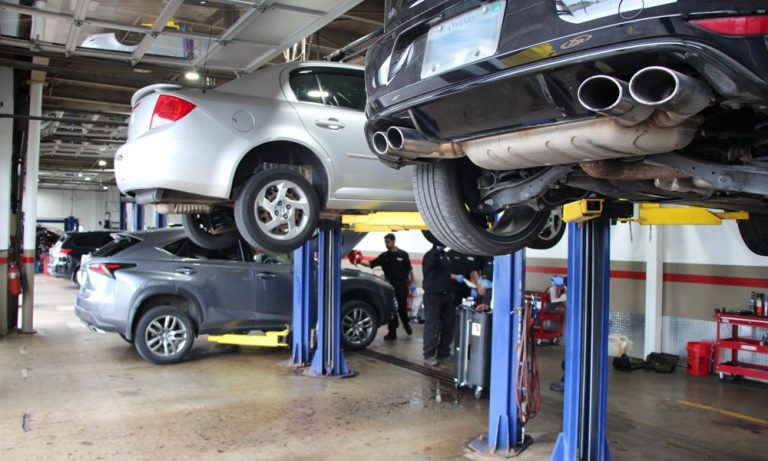The air conditioning system in your car is a complex network, and arguably its most vital component is the compressor. Often called the “heart” of the AC, this pump circulates refrigerant, building the pressure required for the system to cool the air. When the compressor falters or fails entirely, the most immediate and frustrating symptom is the lack of cold air, turning a comfortable drive into a sweltering experience. Other signs might include unusual noises coming from under the hood when the AC is on, or the compressor clutch failing to engage. Facing these issues means it’s time for professional car AC repair to diagnose and fix the problem at its source.
Diagnosing the Problem: More Than Just No Cold Air
pinpointing the exact cause of AC failure is the critical first step. Technicians don’t simply replace parts based on symptoms. They employ specialized tools like pressure gauges to check refrigerant levels and system pressures, electronic detectors to locate subtle leaks, and multimeters to test electrical connections supplying power to the compressor clutch. Listening to the compressor’s operation can reveal internal issues or clutch engagement problems. A thorough diagnosis determines if the issue is a simple refrigerant leak, an electrical fault preventing the compressor from engaging, or a mechanical breakdown within the compressor itself – the latter often being the most severe scenario.
Repair vs. Replacement: Weighing the Options
Once the compressor is identified as the culprit, the repair shop must decide between repairing the existing unit or replacing it entirely. While some minor issues, like a faulty clutch or a simple seal leak, might technically be repairable on certain compressor models, the cost-effectiveness and reliability often lean towards replacement. Catastrophic internal failures, indicated by loud noises, seizing, or the presence of metallic debris in the system, invariably require replacement. Skilled technicians assess the damage, consider the age of the vehicle, and provide recommendations, but given the complexity and internal nature of most compressor failures, replacement with a new or remanufactured unit is a very common solution. Choosing the Auto AC Repair in Clearwater, FL based service would be perfect here.
The Replacement Process: A Step-by-Step Overview
Replacing a car AC compressor is far more involved than simply swapping the part. The process begins by safely recovering the remaining refrigerant from the system. The old compressor is then removed. A crucial, often overlooked step is flushing the entire AC system (lines, evaporator, condenser). This is vital to remove any metal shavings or debris left behind by the failed compressor, which could quickly destroy a new one. A new accumulator or receiver/drier, which filters moisture and debris, is also typically installed. The new compressor is then installed, ensuring it is properly lubricated with the correct type and amount of refrigerant oil.
Flushing, Lubrication, and System Integrity
Following the installation of the new components, the system is evacuated using a vacuum pump. This removes air and moisture, which can cause corrosion and freeze points within the AC system. The correct amount and type of refrigerant are then carefully charged back into the system, along with the appropriate amount of oil necessary for the new compressor’s lubrication and cooling. Finally, the system is checked for leaks and tested to ensure it is building pressure and cooling effectively. Professional AC repair ensures all these vital steps, especially proper flushing and lubrication, are completed correctly, restoring cold air and protecting the longevity of the new compressor.


Comments are closed.